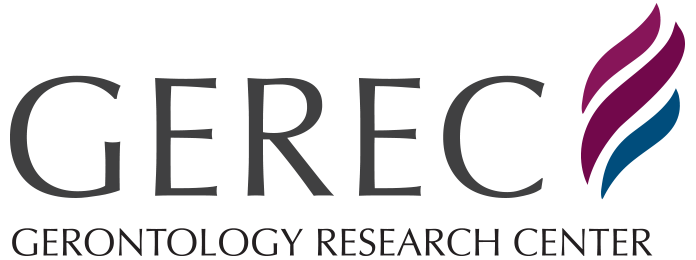
High genetic running capacity promotes efficient metabolism with aging
High running capacity is associated with health and longevity. However, whether high genetic running capacity promotes more efficient metabolism with aging is not known. A new study conducted in collaboration between the universities of Shanghai Jiao Tong University (China) and Jyväskylä (Finland) investigated the effects of genetic running capacity and aging on tissue metabolism. The study reveals that adipose tissue may have a key role in healthy aging.
Running capacity, expressed as aerobic capacity, refers to an individual’s capacity to utilize oxygen and is known to decrease with age, thereby affecting the whole body metabolism and health.
“We currently lack the information whether high genetic aerobic capacity promotes healthier metabolism in different tissues as we age,” explains Academy of Finland postdoctoral researcher Sira Karvinen from the Faculty of Sport and Health Sciences, University of Jyväskylä, Finland.
To study the question, animal models of high-capacity runners (HCR) and low-capacity runners (LCR) were utilized. These rodent lines differ in their aerobic capacity genetically. Samples of serum, muscle and adipose tissue were harvested from young and aged animals to explore the tissue metabolites.
“According to our results, high genetic running capacity was associated with more efficient amino acid metabolism in skeletal muscle. Inefficient amino acid metabolism is linked to increased adiposity and risk of metabolic diseases,” says Karvinen.
High genetic running capacity and aging interactively affected lipid metabolism in muscle and adipose tissue, possibly contributing to healthier metabolism with aging.
The results suggest that adipose tissue may have a more significant role in promoting healthy aging than previously thought. According to the current literature, around 50% of an individual’s aerobic capacity is genetically inherited and the other 50% can be gained via physical activity.
“Regular exercise promotes health whether you have genetically high or low aerobic capacity. Hence, it is highly recommended to promote one’s metabolism with exercise especially at older age, when aerobic capacity as well as other health parameters decline,” says the principal investigator, Professor Heikki Kainulainen from the Faculty of Sport and Health Sciences, University of Jyväskylä, Finland.
The study was carried out in collaboration between Shanghai Jiao Tong University (China) and Jyväskylä University (Finland) and was funded by the Academy of Finland, Biocenter Finland, HILIFE, Finnish Government Scholarship Pool, EVO research grant, Shanghai Jiao Tong University and Zhiyuan Foundation, China Postdoc Scholarship and National Institutes of Health (NIH, USA).
Original article:
Haihui Zhuang, Sira Karvinen, Timo Törmakangas, Xiaobo Zhang, Xiaowei Ojanen, Vidya Velagapudi, Markku Alen, Steven L. Britton, Lauren G. Koch, Heikki Kainulainen, Sulin Cheng, Petri Wiklund. Interactive effects of aging and aerobic capacity on energy metabolism-related metabolites of serum, skeletal muscle, and white adipose tissue. GeroScience, published 5 June 2020.
Contact:
Sira Karvinen, sira.m.karvinen@jyu.fi, +358503625120
